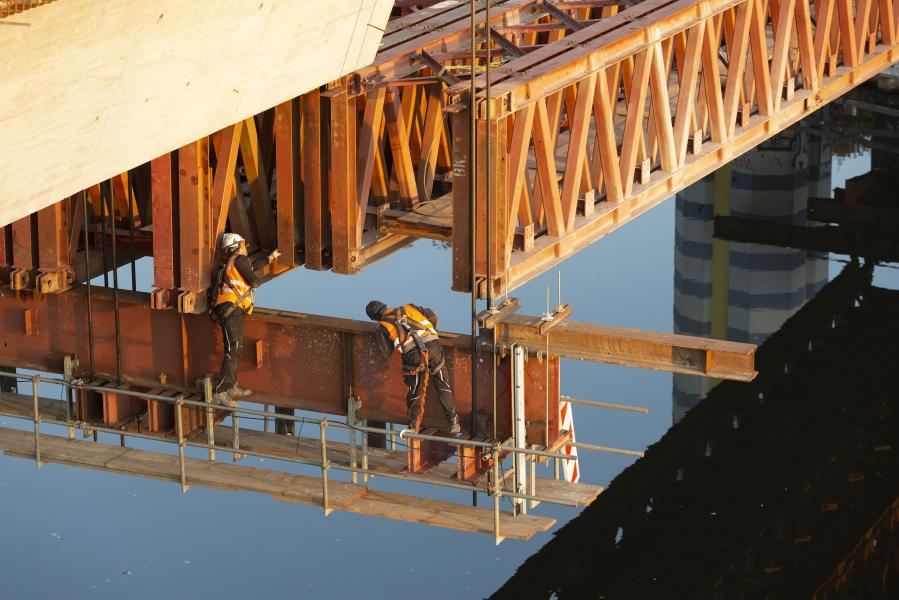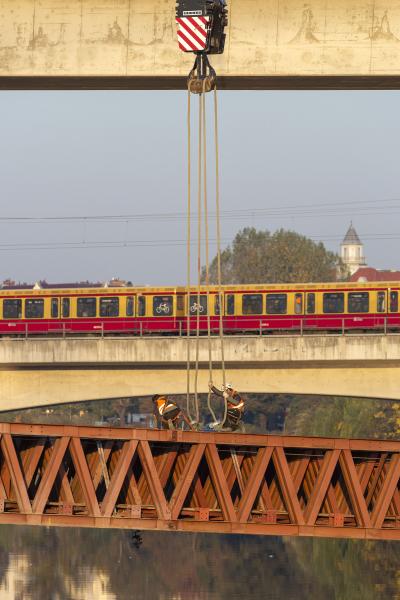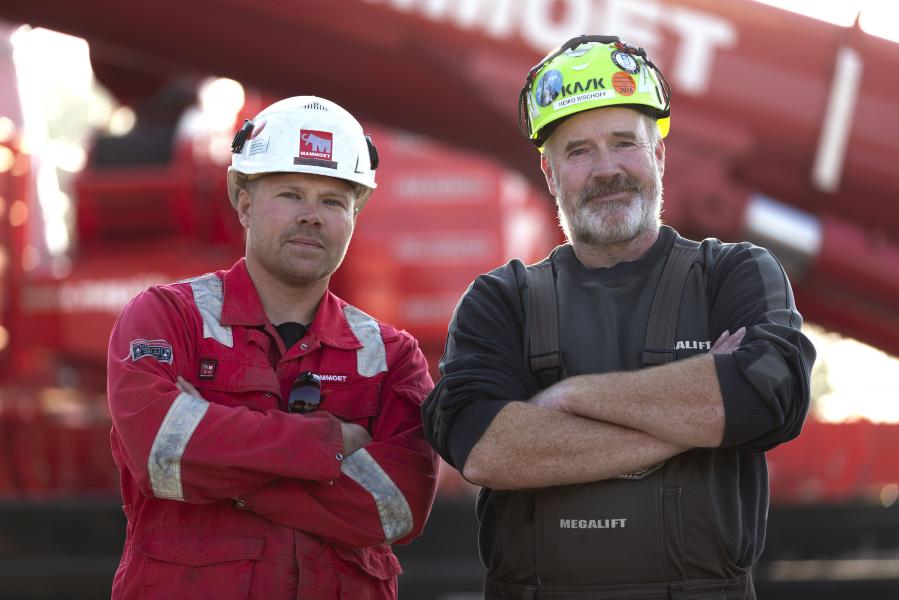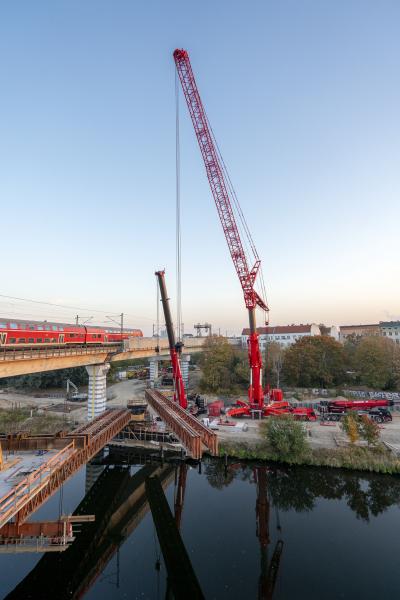Home \ International \ Liebherr cranes make expensive floating crane use superfluous
Liebherr cranes make expensive floating crane use superfluous
30/11/2018
Pubblicato da Redazione
The Mammoet outlet in Leuna made quite an impression with a smart solution and the use of two large Liebherr mobile cranes on a site in Berlin. The positioning of lattice supports weighing around 80 tonnes for a future municipal railway bridge from just o
The installation of three lattice supports for the substructure of a bridge over a side channel of the River Spree proved to be a complicated logistical challenge as a result of the space available.
One bank near the site could not be used for a crane as it was already home to a construction crane. Therefore, the contractor initially planned to erect the supports using a floating crane. However, as a floating crane was not available for some considerable time, the managers had to seek an alternative solution. The decision was made to adopt a suggestion by the crane specialists at Mammoet based in Leuna which plan to install the 40 metre lattice constructions from just one bank of the river. Furthermore, the crane job would not only be completed more quickly, the cost would also be significantly lower than the original floating crane version.
Because the company’s own mobile crane with a 1200 tonne lifting capacity was not available in the short term for the hoist, Mammoet planning staff René Xyländer and Tom Schladitz obtained a machine from Megalift based in Bremen to complete the demanding job in the German capital. This powerful Liebherr LTM 11200-9.1 mobile crane was fitted with a 48-metre luffing jib. This made it responsible for the hoists to the opposite bank and therefore for the large radii. The modern crane had to handle a gross load of 40 tonnes with a distance of around 50 metres. An LTM 1750-9.1 was assembled very close to it to take hold of the other end of the supports. Due to its significantly smaller radius, this mobile crane managed to operate with a smaller support base of ten by ten metres. In fact, there was no more space available at the extremely restricted assembly site.
The ends of the supports had to be placed under the existing structure
The steel lattice constructions were then swung over the water by the two Liebherr cranes with great care. The main difficulty involved the end phase of the hoists, as the ends of the supports had to be placed several metres under the existing bridge connection on the opposite side of the canal. However, Heiko Bischoff, at the controls of the more powerful crane, and the crane operators in the Mammoet machine, Rainer Schmidt and Daniel König, precisely followed the commands issued by the marshalling fitters and move the components accurately into their final positions.
The site on the River Spree is part of Berlin’s S21 municipal railway project, an undertaking costing around 900 million euros, is aimed at improving links to the central railway station by creating a second north-south in Berlin’s municipal railway system (S-Bahn). This is not the first time that Mammoet cranes have worked on one of the sites of this major infrastructure project.
Mammoet’s German outlet based in Leuna (Saxony-Anhalt) has around 50 mobile cranes, the majority of which are Liebherr machines. The most powerful crane in the fleet is also a Liebherr product in the form of an LTM 11200-9.1.

Ultime notizie di Liebherr Italia

Lifting
19/11/2024
Liebherr Tower Cranes and John Paul Construction celebrate 50 years of partnership
Irish construction company John Paul Construction is celebra...

Lifting
29/10/2024
Wertz-Autokrane takes delivery of Liebherr LTM 1110-5.2 mobile crane
– The new 110-tonne crane complements the Wertz crane fleet...

Lifting
23/10/2024
New Liebherr mobile cranes for Scotland
To mark its 20th anniversary, Stoddart Crane Hire gave itsel...
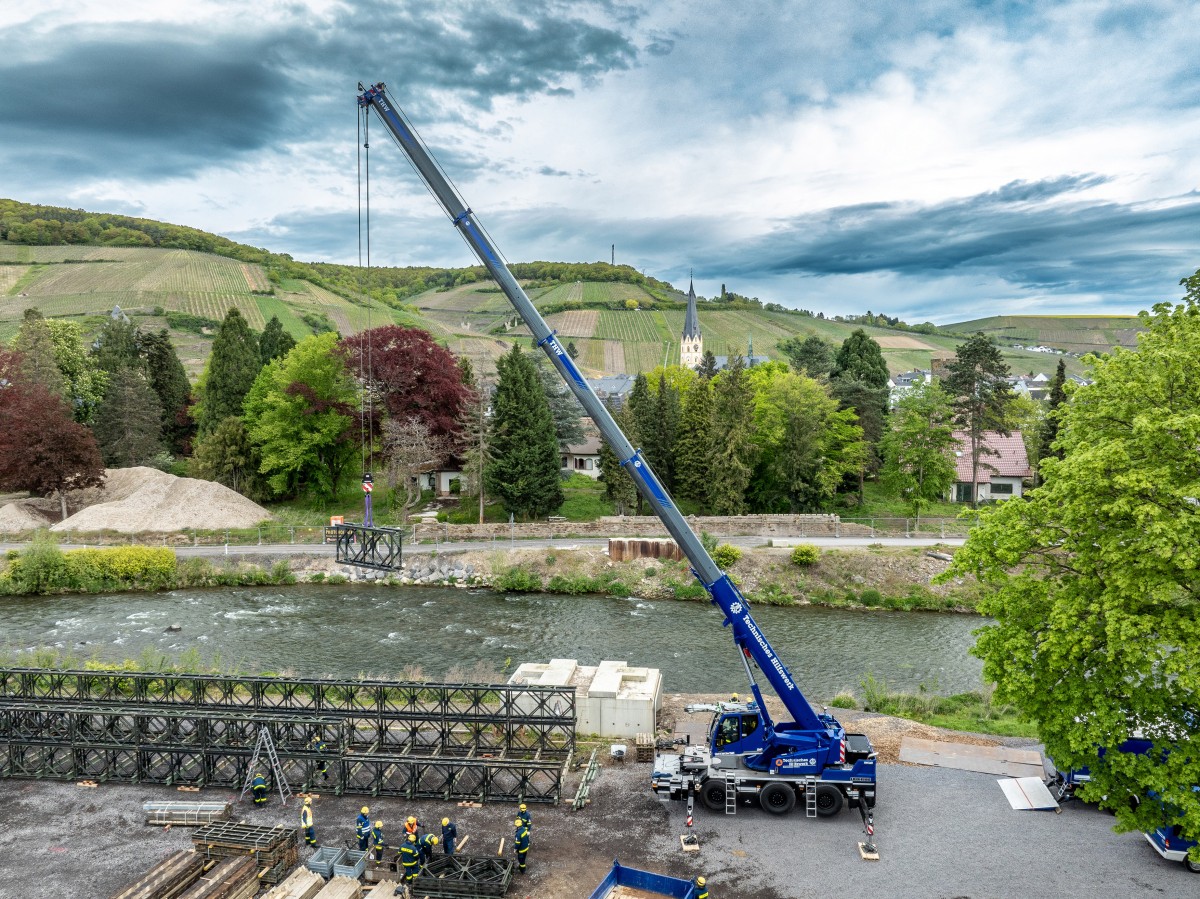
Lifting
17/10/2024
German Federal Agency for Technical Relief places its trust in Liebherr compact cranes
The German Federal Agency for Technical Relief (THW) placed...

Lifting
14/10/2024
S.A.S Group expands Liebherr crane fleet
S.A.S Group expanded its Liebherr crane fleet with LTM 1300-...
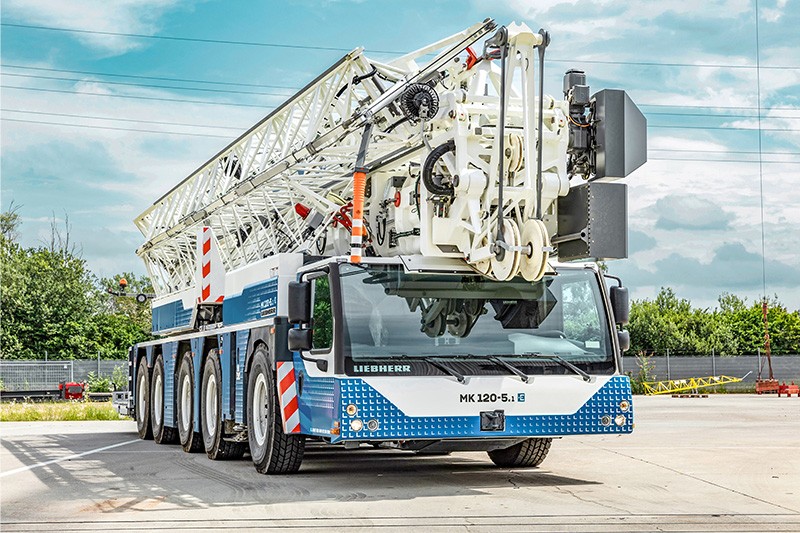
Lifting
04/10/2024
Liebherr’s mobile construction crane range is expanding
MK 120-5.1, now available to order, is an agile five-axle mo...
Altri International

International
23/11/2024
GPMat International takes delivery of two Raimondi T147s residential development in the South of France
- Official agent of France expands its product lineup with t...

International
22/11/2024
Sarens acquires additional SCHEUERLE SPMT K24 modules
renowned for its expertise in crane rental services, heavy l...
International
22/11/2024
Five WOLFF cranes modernize Oslo’s Ulven district
With a total of five WOLFF cranes of type 7534.16 Clear, Wol...

International
21/11/2024
Kleemann: New compact crusher used for recycling
Impact crusher MOBIREX MR 100i NEO impresses during operatio...
International
21/11/2024
SITECH partners with Royal Engineers to create poppy and demonstrate tech offering
The demostration involved creating a ground-level poppy desi...
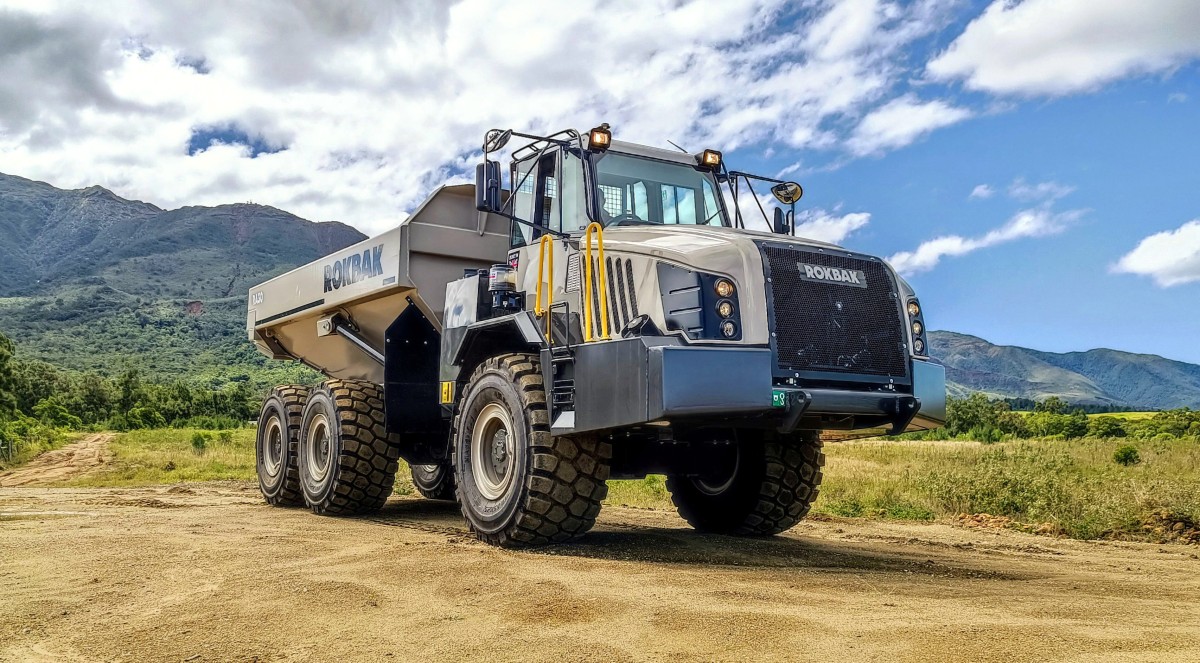
International
20/11/2024
Strong and stable RA30 trucks carry the weight at New Caledonian mine
Three Rokbak RA30 trucks are delivering exceptional durabili...











